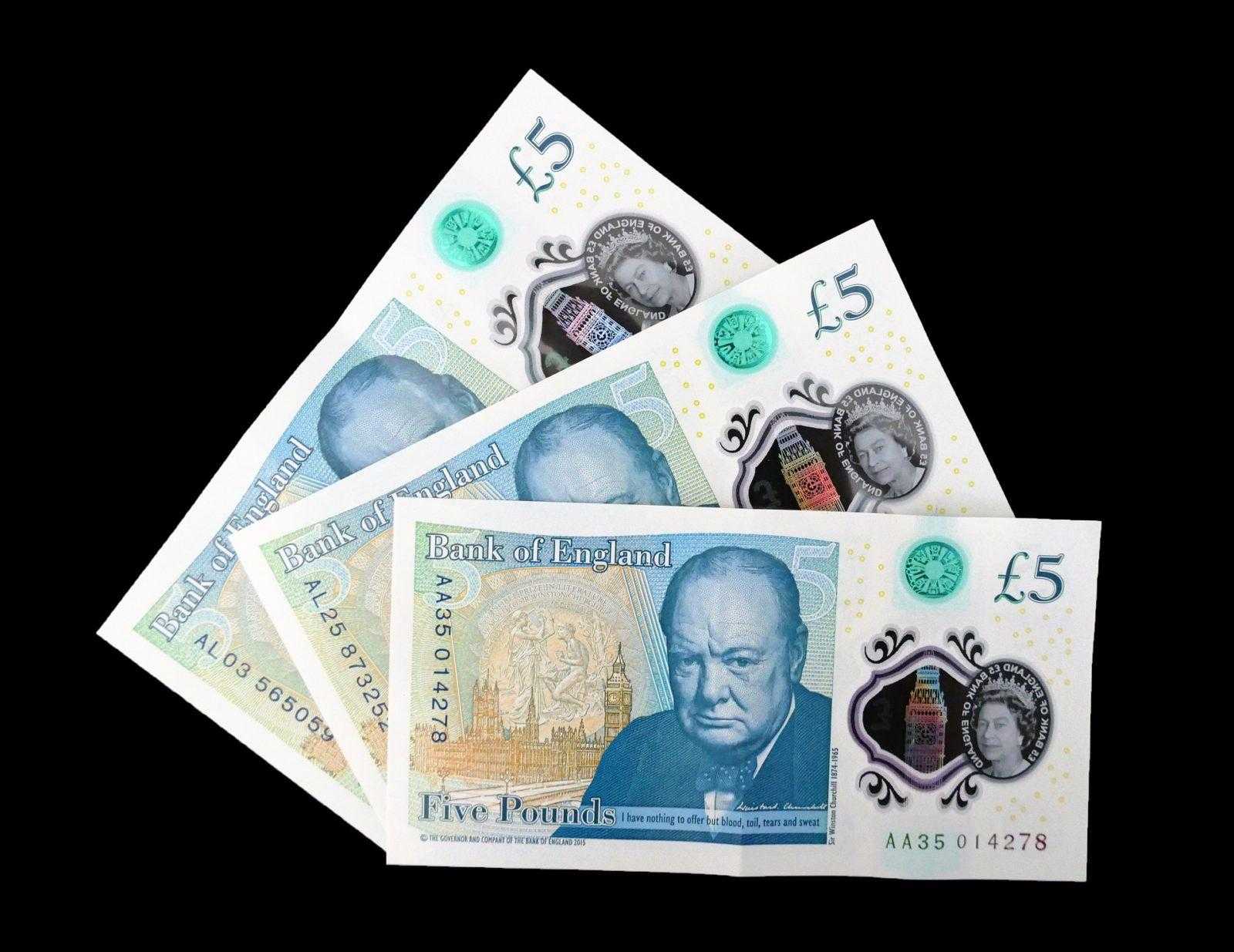Britain’s GDP contracts by 20.4% in the second quarter of 2020, bringing a negative bias to the British Pound FX Rate.

Pound FX Rate Under Pressure
The United Kingdom has contracted for the 2020 second quarter by 20.4%, quarter-on-quarter. For the first quarter, the contraction had been 2.2%. With two consecutive quarterly declines, the economy has entered into a recession. This is the first recession in the UK after the financial crisis of 2008. The British Pound FX rate is expected to see volatile trading.
UK GDP for June saw an expansion of 8.7%, as lockdown measures had eased during this period. In May it was 1.8%. Industrial Production in the UK has gone down by 12.50% in June 2020, while it was down the previous month.
The British Pound FX Rate went up to five-month highs, as job losses hit high levels on Tuesday. The unemployment rate at 3.9% was steady for the second consecutive month. The British pound has rallied 7% in the past six weeks.
The quarterly contraction has been the worst in Britain. In France, the contraction was at 13.8%. Italy was next with 12.4% contraction and Germany at 10.1%.
The British Pound FX rate was trading at 1.3024 at 12:53 pm GMT. However, the pound did not show a significant drop-down after the contraction data release. The GBP/USD currency pair has to hold on to 1.3009 levels as it has rebounded from here earlier. It faces resistance at 1.3111 and 1.3142.
USD/CHF Exchange Rate Extends Slide
The Swiss unemployment rate came unchanged at 3.2% for July 2020, the same as in May. The number of unemployed people is at 148,870, a drop of 0.9%.
The USD/CHF currency pair was trading at 0.9115 levels. The currency exchange pair struggled to preserve its early gains and slid into negative territory.
In the US, the Producer Price Index (PPI) has increased to 0.6% in July, compared to -0.2% in June, according to the US Bureau of Labor Statistics data, published on Tuesday. The US Dollar Index lost 0.4% after the data release.
On Saturday, President Trump authorized an additional $400 in weekly unemployment insurance benefits. The nation has 16.3 million jobless people. The President has signed a series of executive orders to extend financial relief during this coronavirus pandemic. Unemployment claims are expected to be at 1120k. Previous data was at 1186k.
The greenback is trading within touching distance of its monthly top at 94.00 marks. With rising yields and uncertainty about the fiscal stimulus package, the dollar continues to drift, just short of the 94.00 marks.
AUD/USD Exchange Rate Takes a Pause
Australia’s unemployment rate is estimated at 7.8%, previously it was at 7.4%. The Treasury forecast for the September 2020 quarter is expected to touch 8%. For the December quarter, it is expected to increase to 9%. The Covid-19 pandemic has brought a huge economic contraction in the global economy.
The AUD/USD foreign exchange pair has formed a head and shoulder pattern. It faces resistance at 0.7192 and has strong support at 0.7126 levels.
New Zealand’s Reserve Bank has increased quantitative easing from $60 billion to $100 billion. RBNZ has kept the Official Cash Rate unchanged at 0.25%.
Financial regulators, fiscal authorities, and central banks have brought in new regulations to address disruptions in the economy.
Euro against the Pound FX rate
The EUR/GBP currency exchange is showing a minor bullishness, though market sentiment is not good. With the 38.2% Fibonacci retracement level placed at 0.9034, the euro against the Pound FX rate will continue to fluctuate around this area for a few days before setting a new trend. Currently, it is trading at 0.9041 at 12:25 pm GMT.
The euro has been improving as it is said that the zone is handling the coronavirus pandemic well. German economic sentiment ZEW came at 71.5 points for August, as it performed above expectations of 57.0, improving market sentiment. In July, it had reported 59.3 points.
The Turkish lira was trading low against the dollar.
Bank Lending in Japan at Record High
In Japan, bank lending in July has hit a record high, according to data released on Tuesday 11, Aug. Total lending has hit a record ¥572.7 trillion, which is $5.4 trillion. According to a BOJ official, lending has increased to smaller firms, as cheap loans are available with government guarantees.
The USD/JPY currency pair has been showing good momentum. It has to move past 107.00 to make a decisive upmove. It has strong support at 106.50 levels.
US Trade Representative Robert Lighthizer and Treasury Secretary Steven Mnuchin will hold talks with Vice-Premier Liu He soon this week, to talk about the trade deal.
China had devalued its currency yuan by more than 10% against the dollar. Against the euro, the yuan has touched a six-year low. The weaker currency has improved exports, as Chinese goods were cheaper comparatively.
Gold slipped by more than 2 %. It gave up its key support at $1.900 on Wednesday. It touched low levels at $1,863.67 on Wednesday. However, it rebounded above this level intra-day.